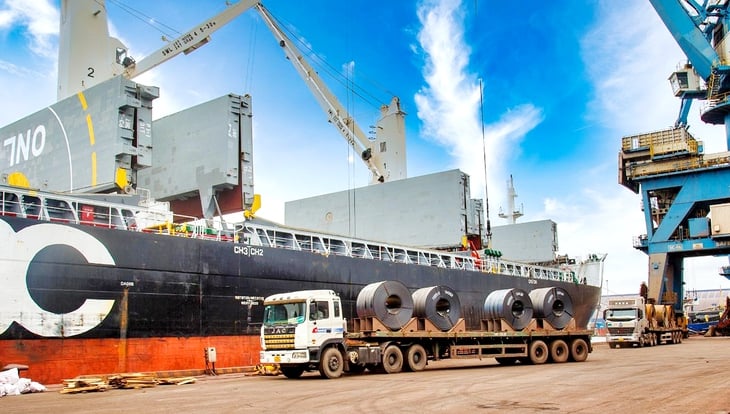
HRC steel export of a domestic enterprise - Photo: TN
While the policy has not yet responded to the tax evasion trick, hundreds of thousands of tons of hot-rolled steel from China have successfully evaded anti-dumping tax and flooded into Vietnam.
Warning and investigating the situation of cheap steel tax evasion
Responding exclusively to Tuoi Tre , a representative of the Trade Defense Department ( Ministry of Industry and Trade ) responded to the reflection that hot-rolled coil (HRC) with a width of 1,880mm or more began to be imported en masse right after the Ministry of Industry and Trade began to impose anti-dumping tax of 23.58 - 27.83% on HRC steel with a width of less than 1,880mm.
Thus, the imposition of taxes based on size was quickly overcome by foreign partners, almost nullifying Vietnam's policy.
According to the Ministry of Industry and Trade, anti-dumping measures on HRC steel products were applied after a thorough investigation, in accordance with legal regulations and Vietnam's commitments to the WTO, based on a request from the domestic manufacturing industry.
This measure does not apply to products with a width greater than 1,880mm because they are not yet produced domestically and are not required by the domestic manufacturing industry.
Currently, the leader of the Trade Defense Department said that he has proactively collected more information, reported to the Prime Minister and warned businesses to strictly enforce legal regulations.
The Ministry of Industry and Trade has completed the institution and issued circulars guiding Decree 86/2025 so that new regulations on trade defense can be immediately implemented from July 1.
These new regulations also foresee the possibility of businesses evading trade defense measures, so they allow for stricter and more timely measures to be applied, based on businesses' requests and taking into account the interests of relevant parties.
To strictly control and manage steel imports in accordance with regulations, the representative of this department also said that the Ministry of Industry and Trade has sent a dispatch requesting the Ministry of Finance (Customs Department) to consider, based on legal regulations, measures to strengthen supervision of related shipments.
At the same time, the Ministry of Industry and Trade has provided guidance for the domestic manufacturing industry to complete the dossier requesting anti-evasion investigation according to new legal regulations to have a full basis for consideration.
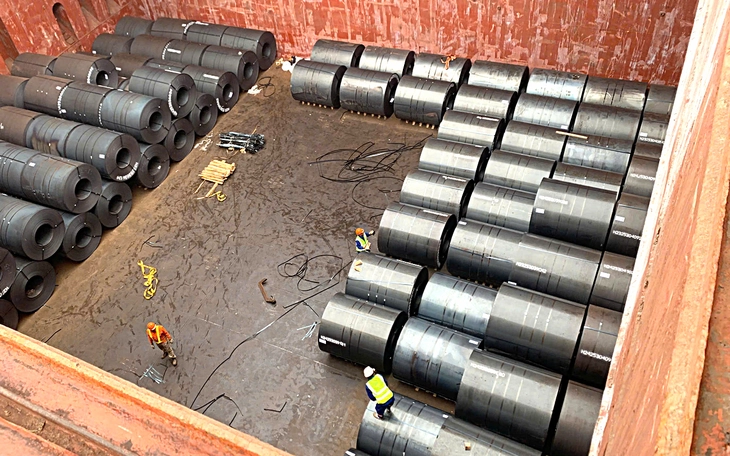
A shipment of wide-gauge HRC steel imported into Vietnam - Photo: TV
Loopholes by a few millimeters
Although not illegal, in reality many imported HRC steel batches have a width exceeding the limit by a few millimeters, from 1,881mm to under 1,900mm, and are then cut into small pieces and used as narrow gauge steel, which is taxed. This allows importing enterprises to legally avoid taxes, even though the intended use is no different from the highly taxed type.
According to trade defense expert Dr. Hoang Ngoc Thuan, the sharp increase in the volume of wide-gauge steel right after narrow-gauge steel was taxed is a typical sign of anti-dumping evasion and cannot be considered a coincidence.
According to Mr. Thuan, businesses only need to change the width by a few millimeters to avoid tens of millions of dong in tax per ton. If we only look at the numbers on paper without considering the actual use, the defense measures will be ineffective.
According to the General Department of Customs (Ministry of Finance), in the first 6 months of 2025, Vietnam imported nearly 650,000 tons of wide-gauge steel from China, an increase of 15 times compared to the same period last year. In June 2025 alone, the amount of imported steel reached 215,000 tons, an increase of 26 times compared to the same period.
Meanwhile, each ton of imported steel of this type is 1-2 million VND cheaper than domestic products. A steel industry enterprise said that it would be impossible to compete if foreign goods were legally exempted from tax like that.
According to steel industry experts, it is estimated that if the above wide-gauge steel were also taxed like narrow-gauge steel, the state budget could have collected an additional 2,300 billion VND.
More dangerously, according to businesses, large domestic manufacturers have invested billions of dollars to produce HRC, helping Vietnam gradually become self-sufficient in raw materials. As imports continue to increase, the entire industry's efforts are at risk of being "overthrown" by policy loopholes of a few millimeters.
In fact, since April 2025, the Ministry of Industry and Trade has sent a document requesting to strengthen supervision of imported wide-gauge HRC steel, but no timely tax policy adjustments have been issued. The flow of "width-avoiding" steel is still flooding in.
Many experts believe that this lesson is not just a tax issue but a problem of policy response capacity. Once policy lags behind practice, domestic enterprises are likely to lose out right at home.
HRC steel production - the foundation for many key industries
HRC steel is not only a basic material for the metallurgical industry but also plays a fundamental role in a series of key industries such as mechanical engineering, shipbuilding, automobile manufacturing, containers, galvanized iron, steel pipes...
According to a steel company in Ho Chi Minh City, if the domestic market is not protected from dumping foreign steel, Vietnam will lose the opportunity to be self-sufficient in input materials, a vital factor for developing the defense industry and downstream industries. At that time, the dream of industrialization will only depend on foreign supply chains.
Why should we impose tax on imported HRC steel?
According to some steel industry experts, the imposition of anti-dumping tax on HRC steel from China is not intended to avoid competition but to re-establish a fair competitive level and protect the domestic manufacturing industry.
According to customs, China's HRC price in the first half of 2024 was only about 560 USD/ton, 45 - 108 USD/ton lower than other countries and below domestic prices in China.
In 2023, Vietnam will import 9.6 million tons of HRC, of which more than 6.2 million tons will come from China, putting great pressure on domestic enterprises (with a total capacity of 8.6 million tons/year).
On July 4, 2025, the Ministry of Industry and Trade issued a decision to impose anti-dumping tax of 23.1 - 27.83% on Chinese HRC, effective from July 6, 2025 for 5 years. This is considered a common trade defense measure, applied by many countries such as the US, the European Union, Türkiye... to the steel industry to protect domestic production and strategic supply chains.
Source: https://tuoitre.vn/thep-ngoai-lach-thue-bo-cong-thuong-len-tieng-20250727234150747.htm


![[Photo] Prime Minister Pham Minh Chinh chairs the second meeting of the Steering Committee on private economic development.](https://vphoto.vietnam.vn/thumb/1200x675/vietnam/resource/IMAGE/2025/11/01/1762006716873_dsc-9145-jpg.webp)







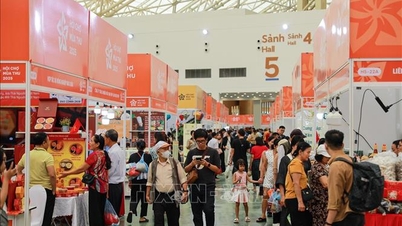

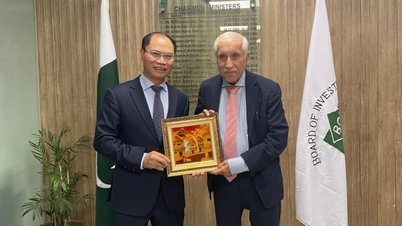

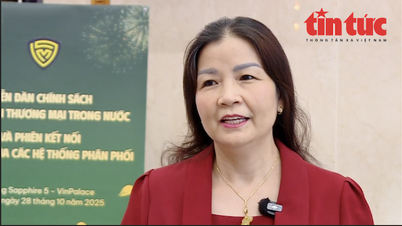
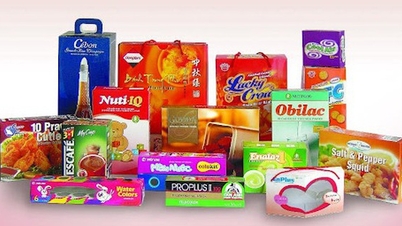
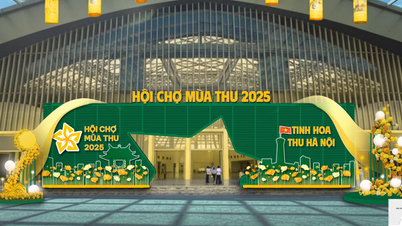
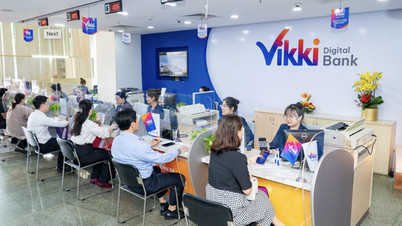


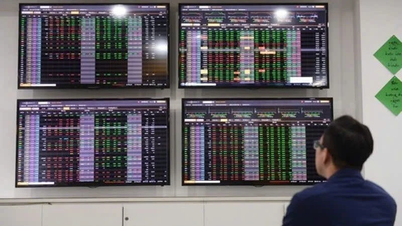



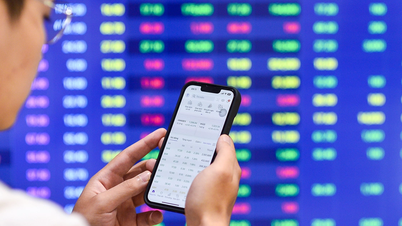
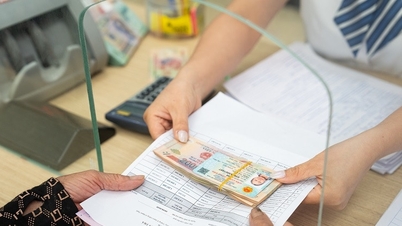








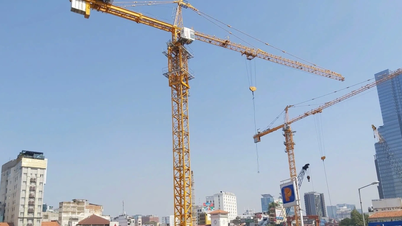




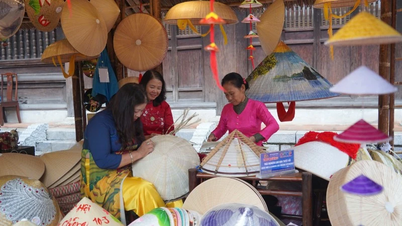
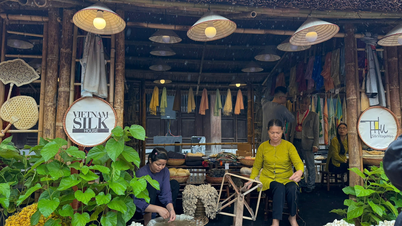















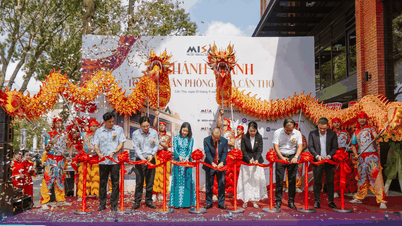


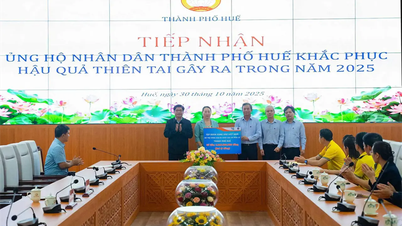
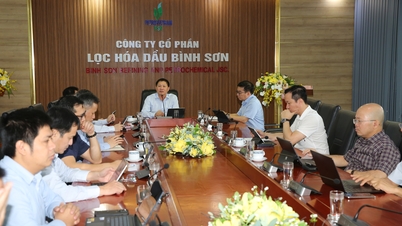
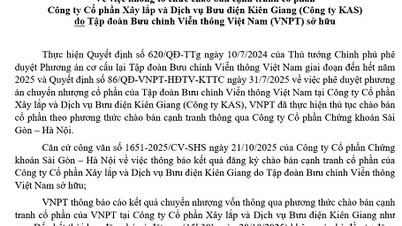









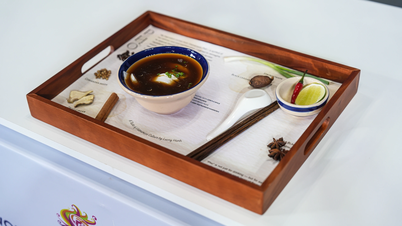








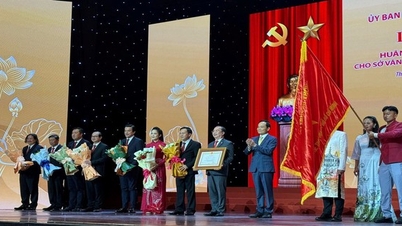

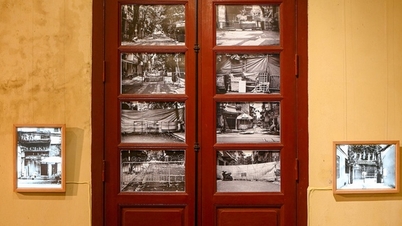










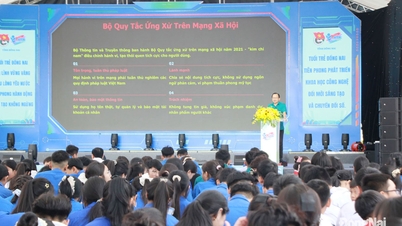
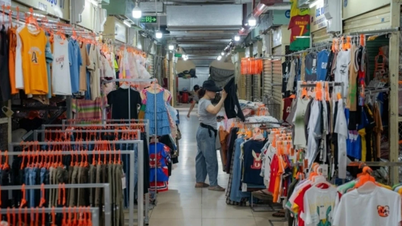

















Comment (0)